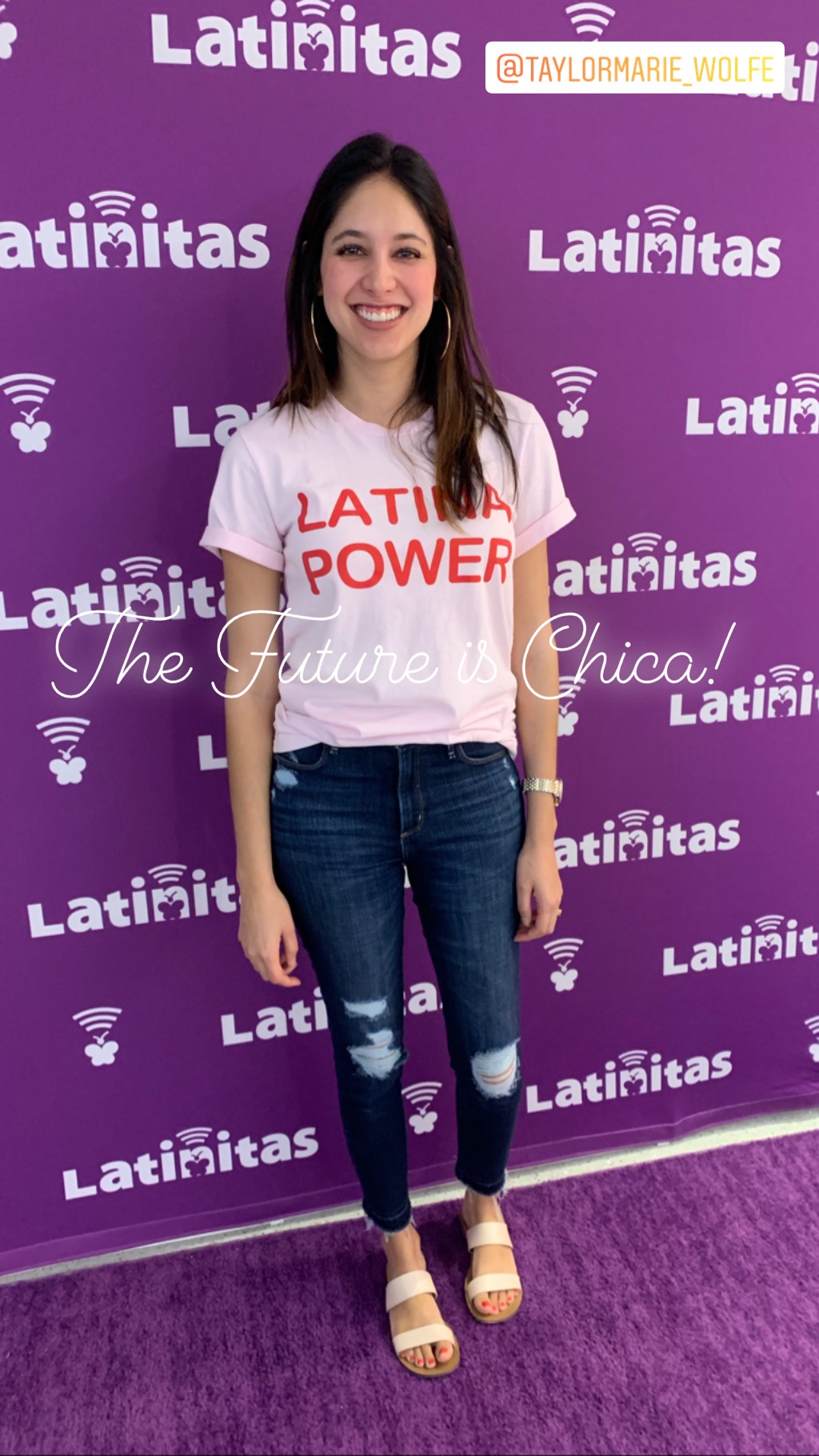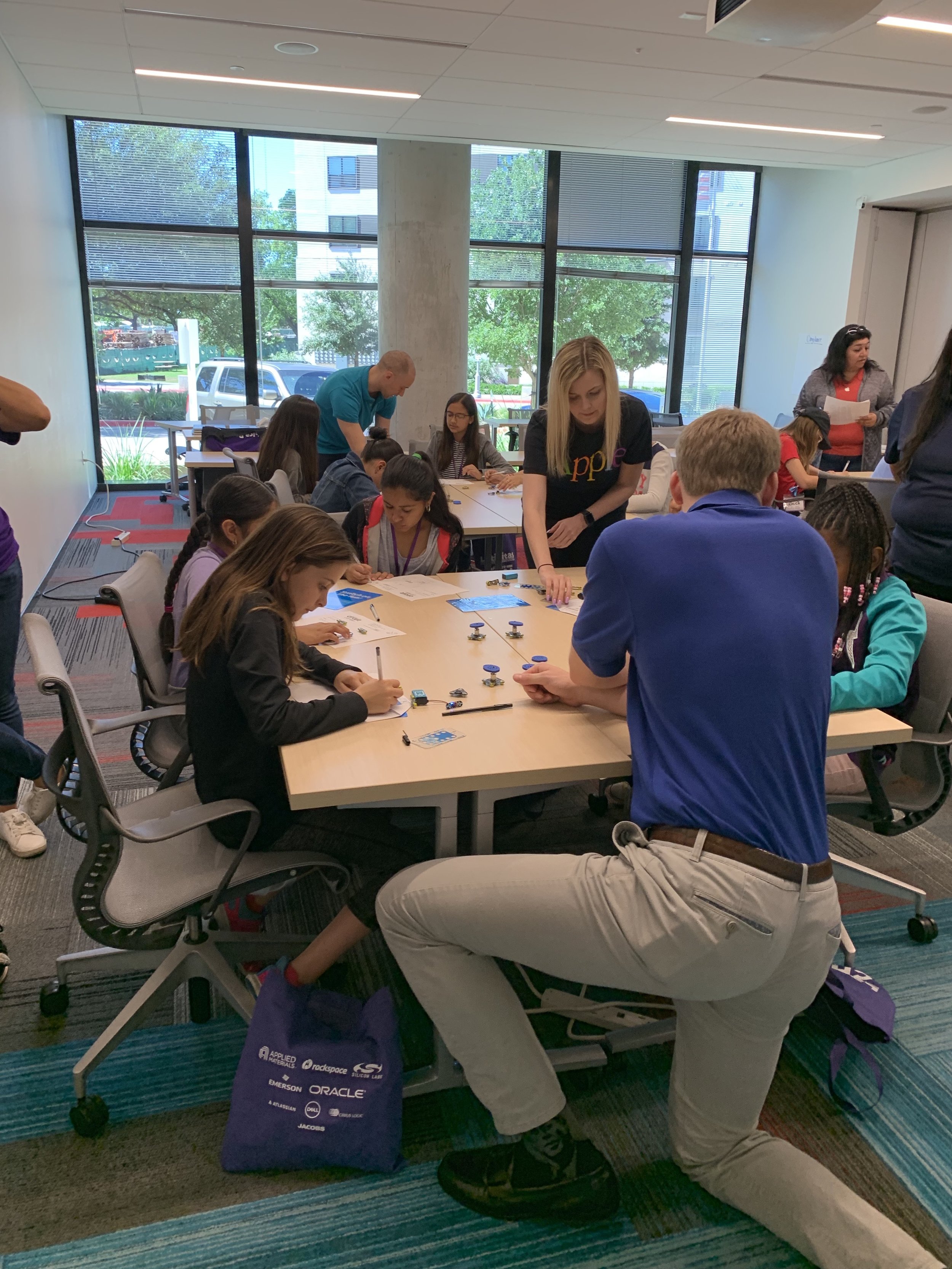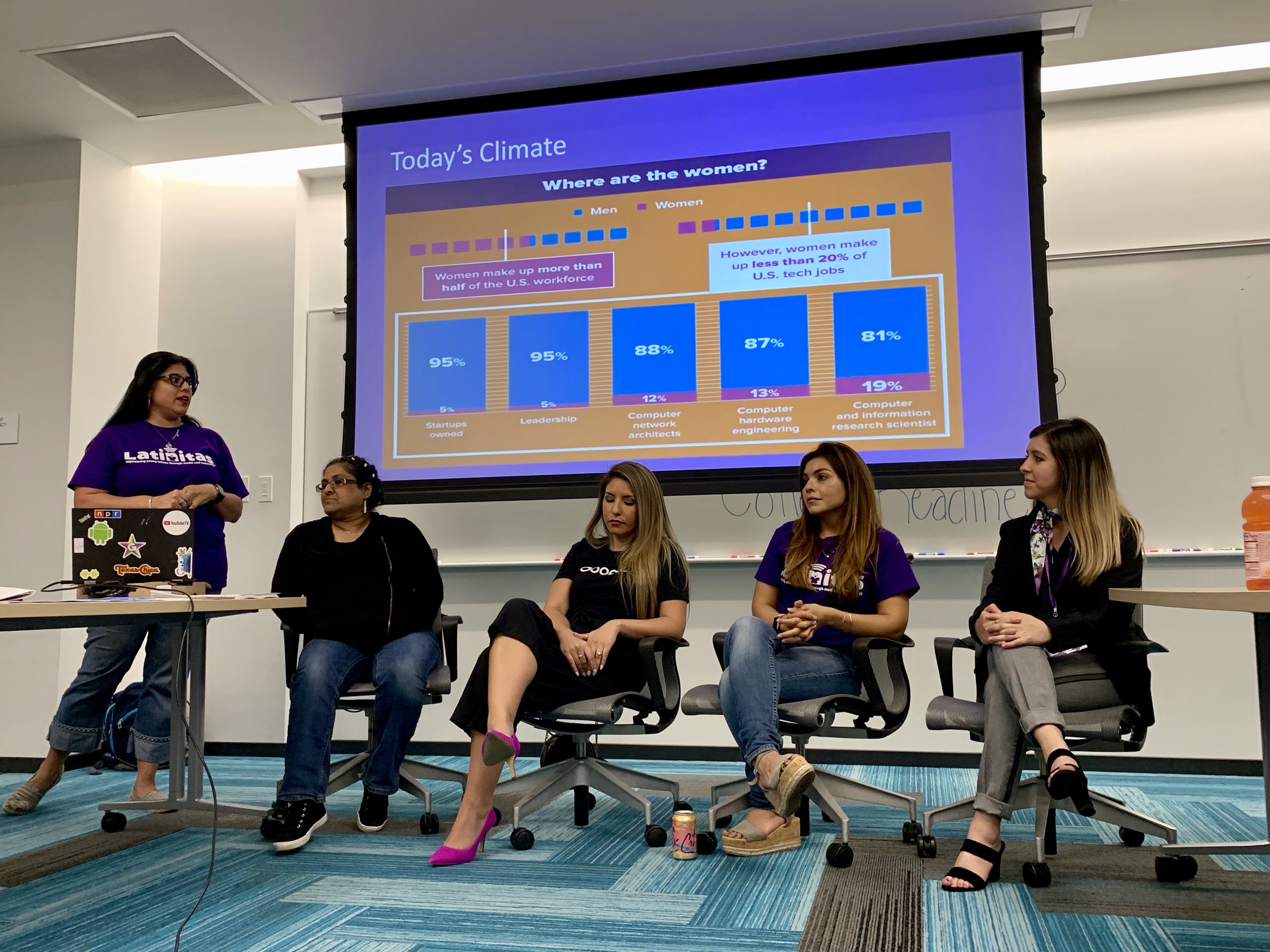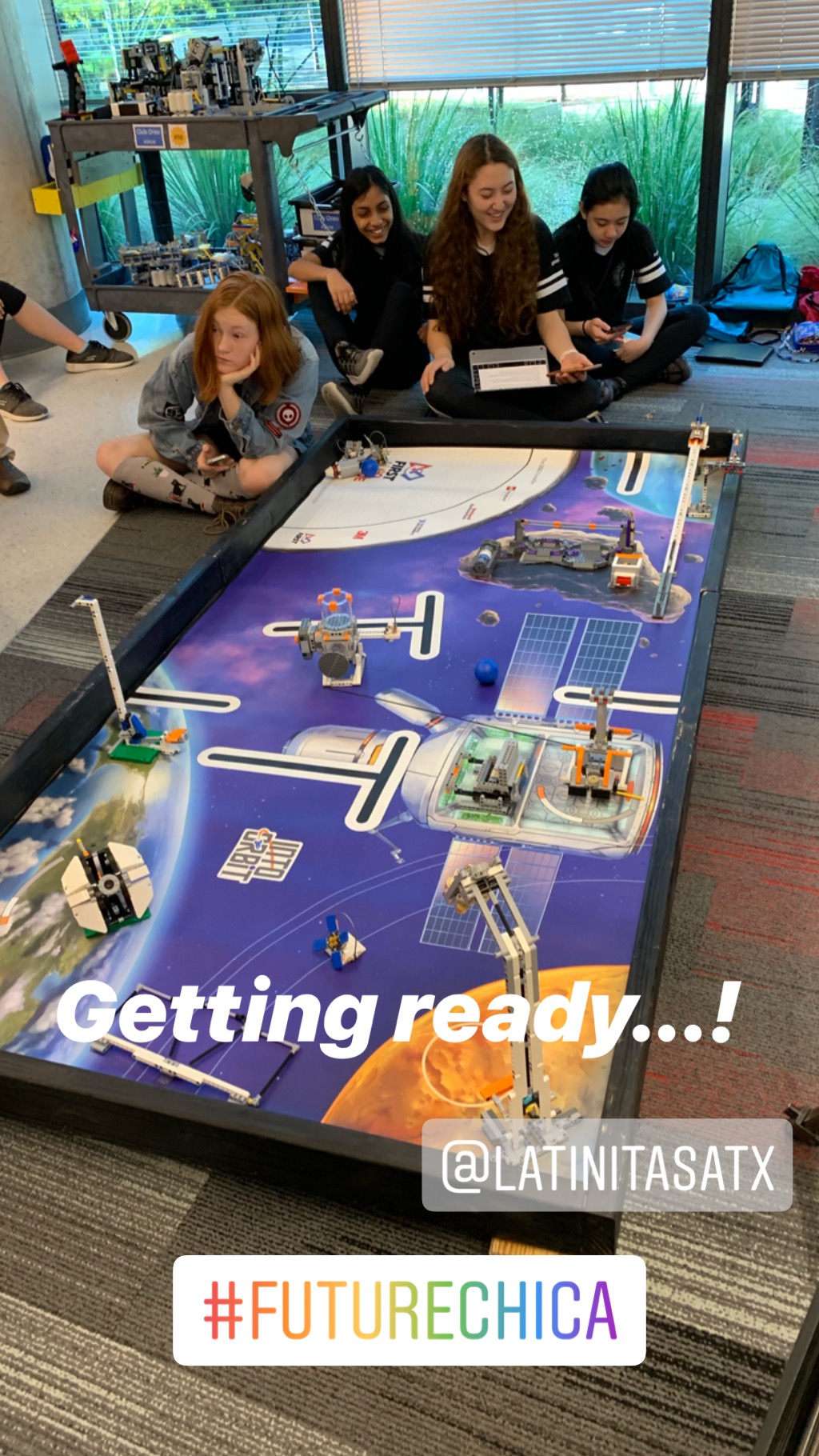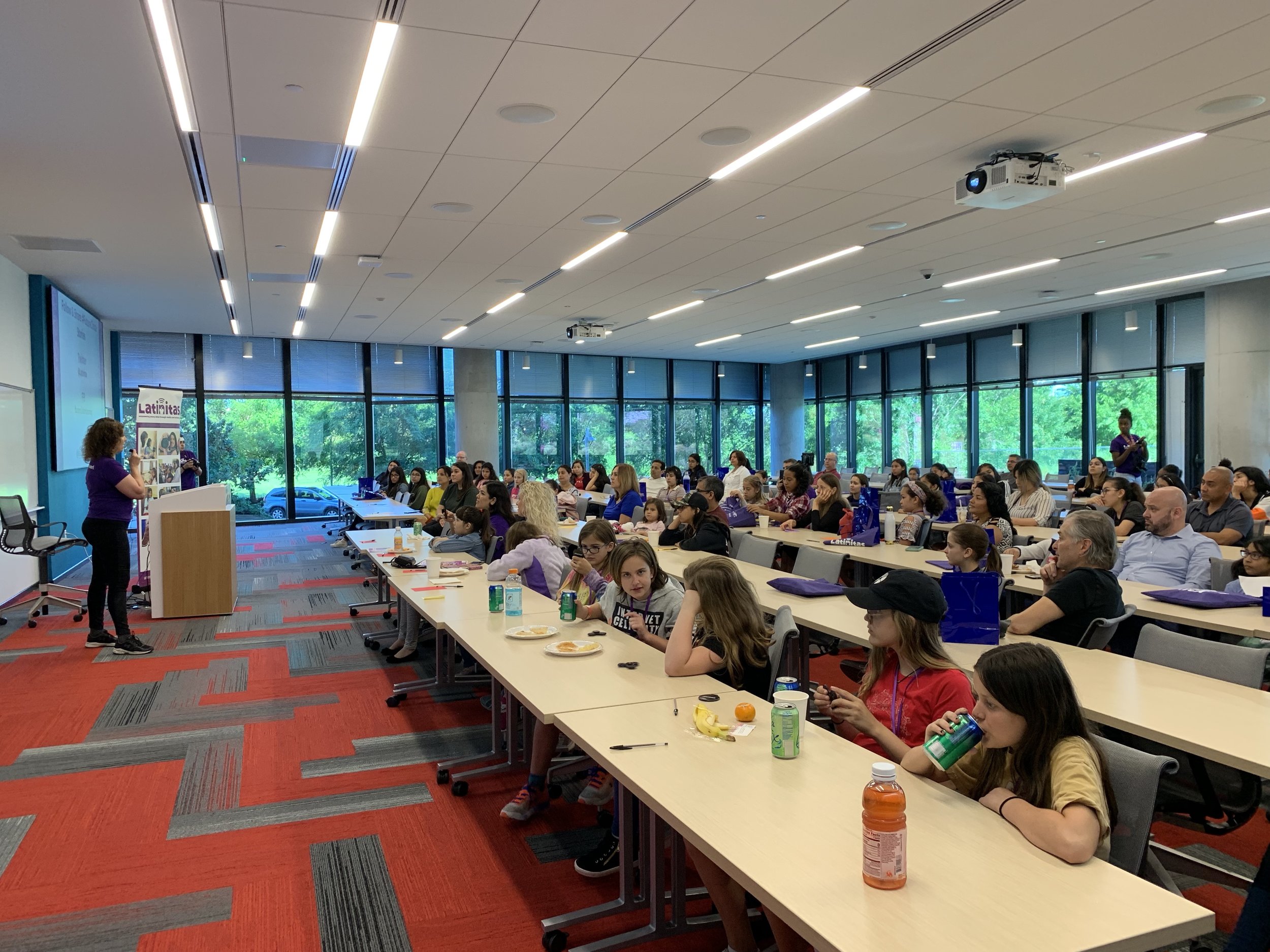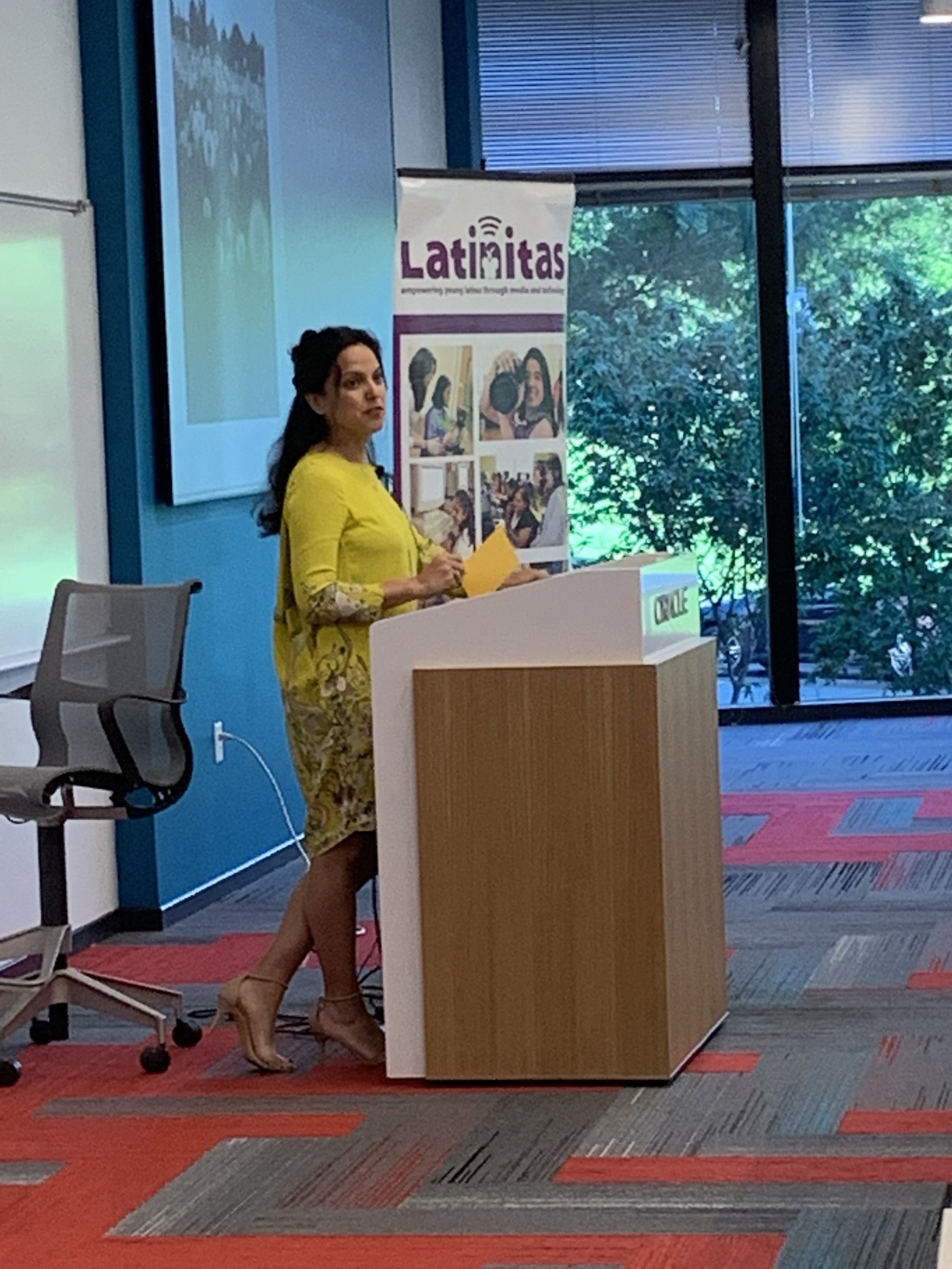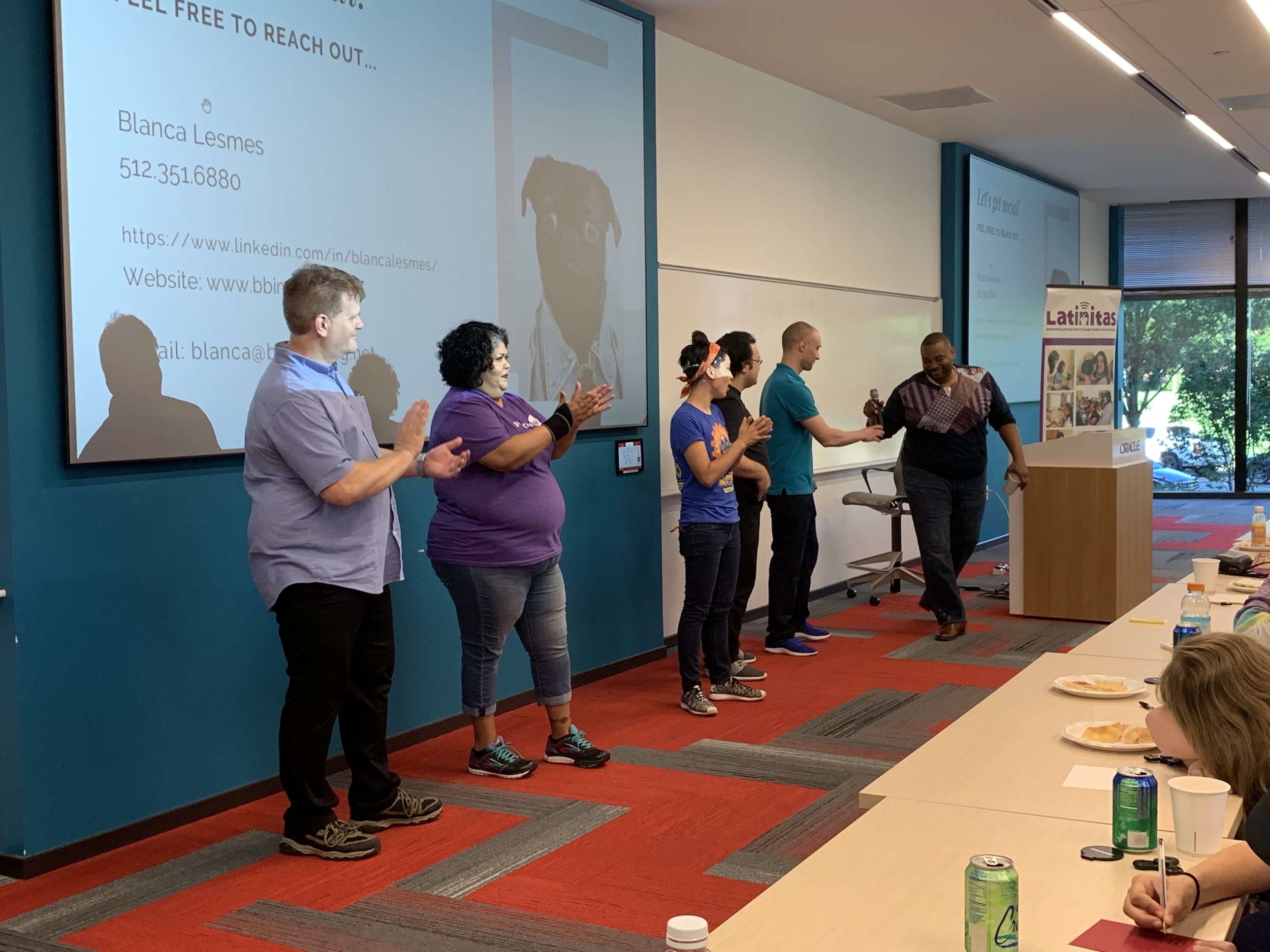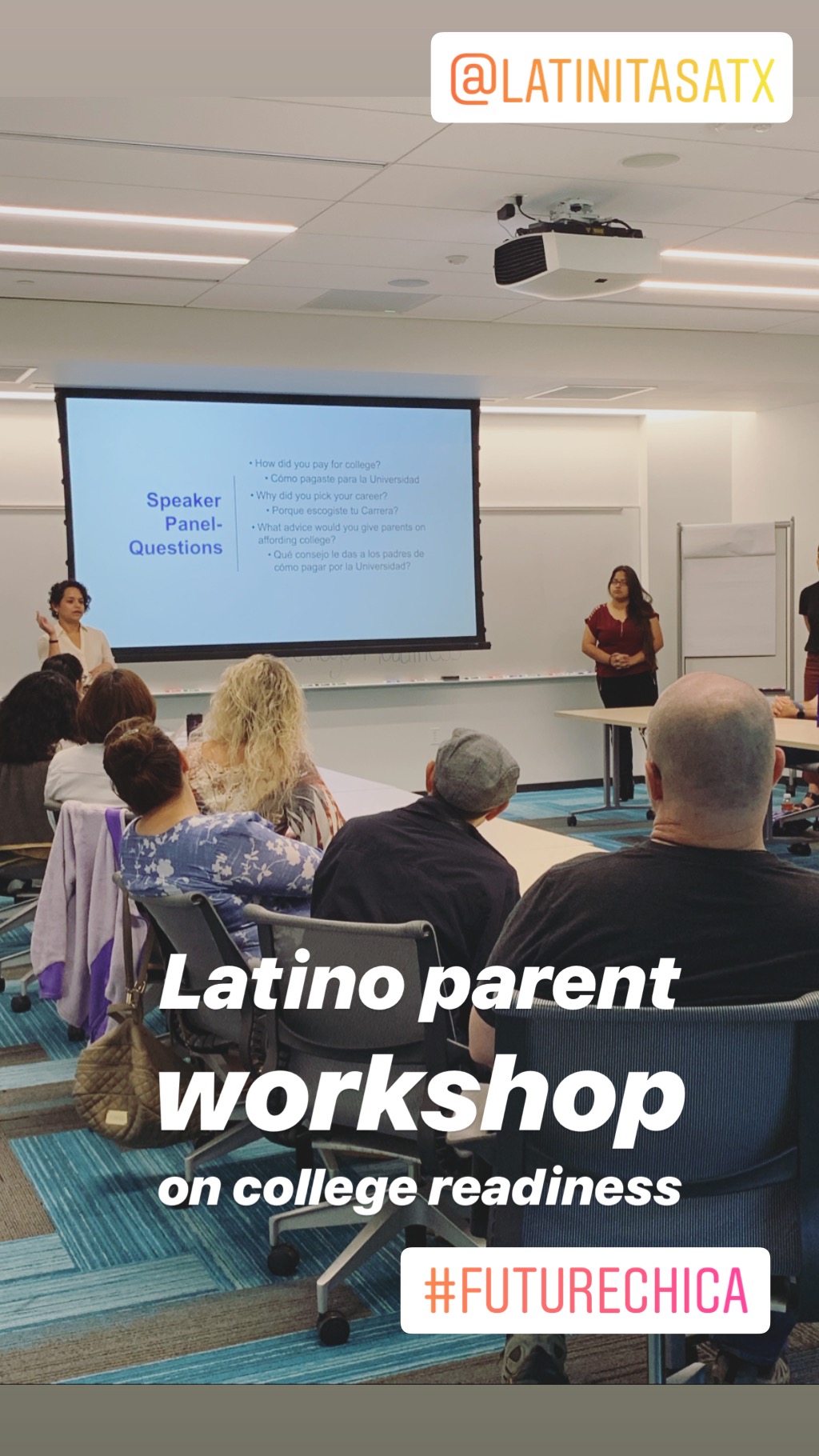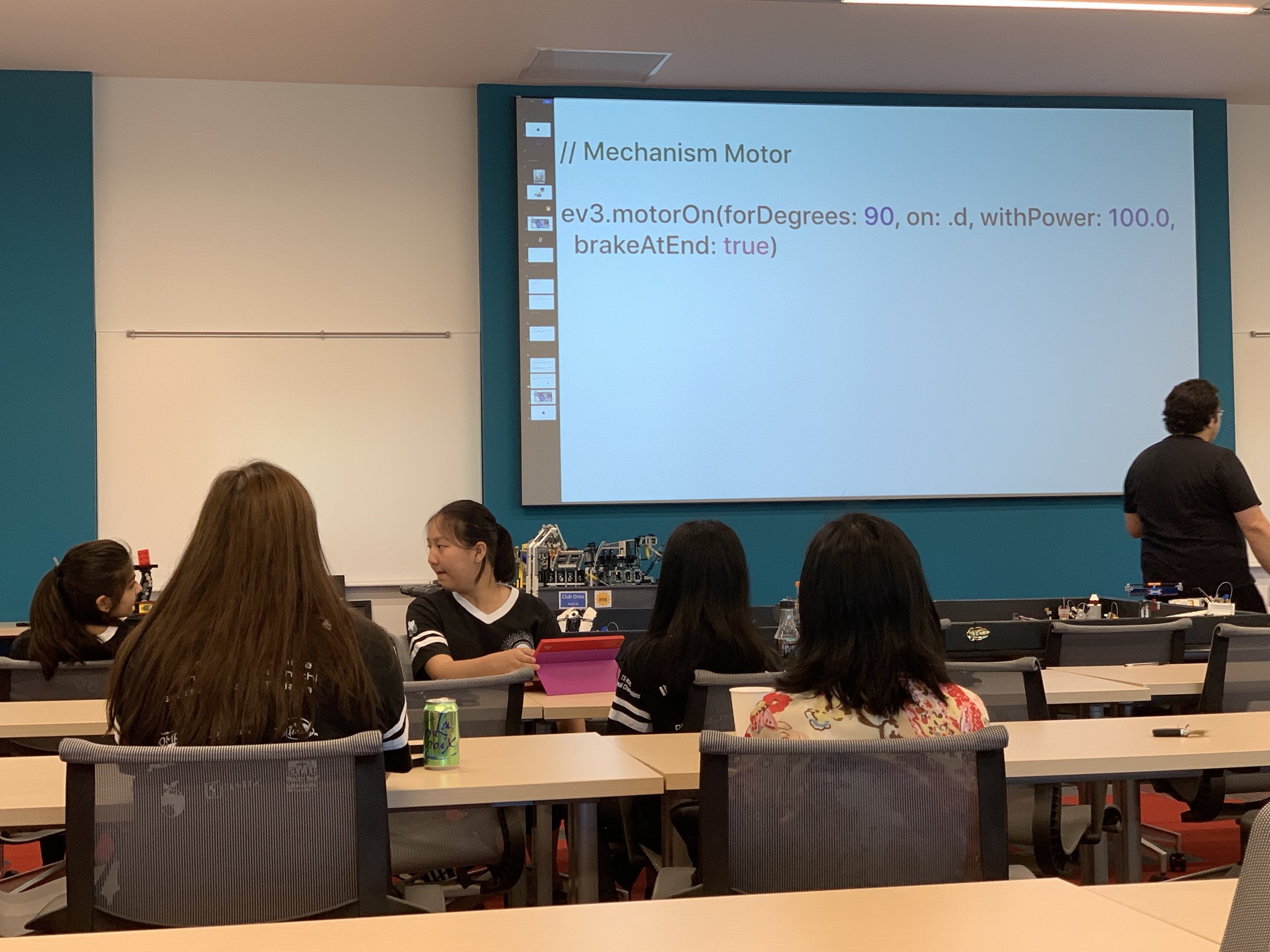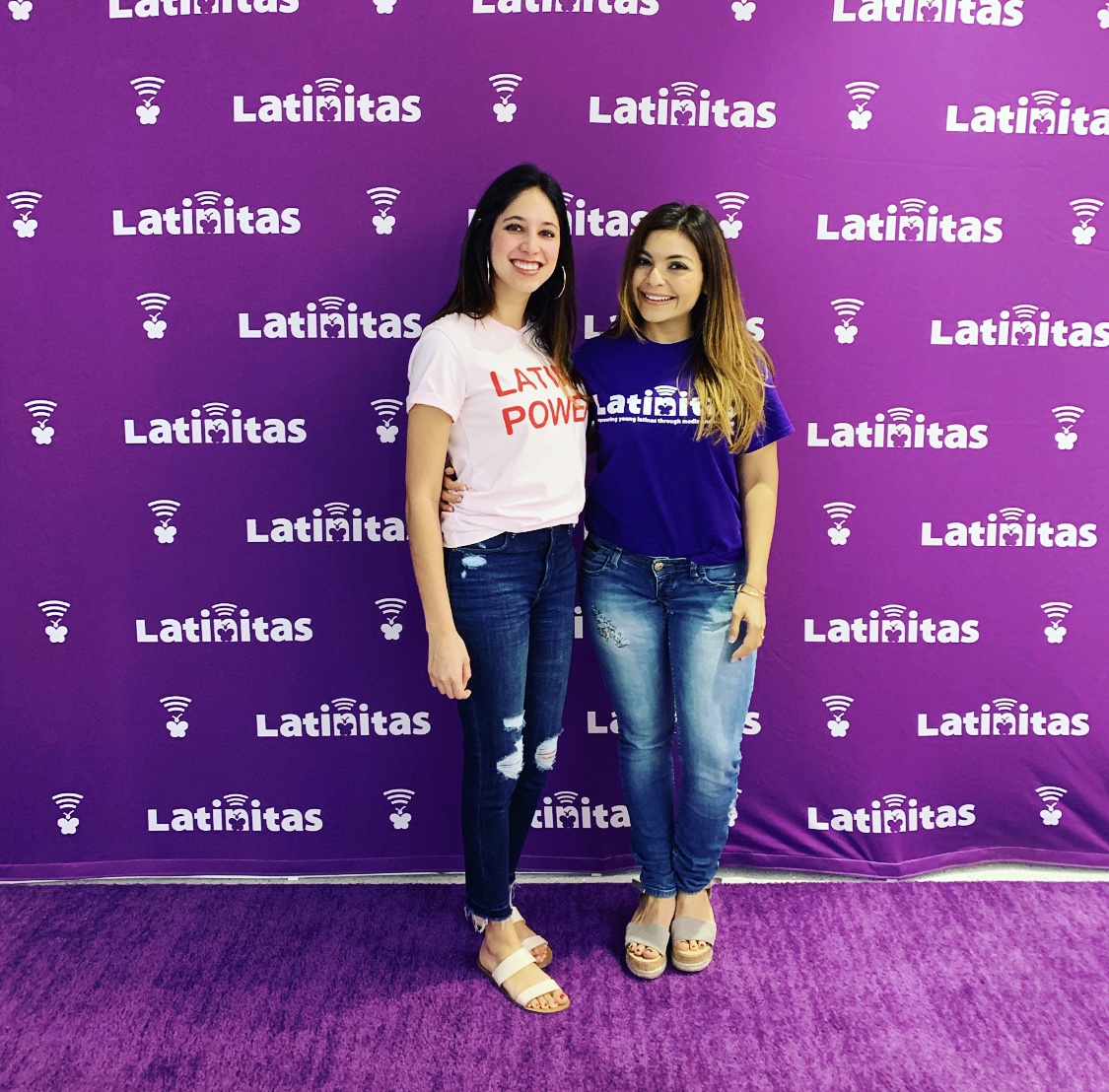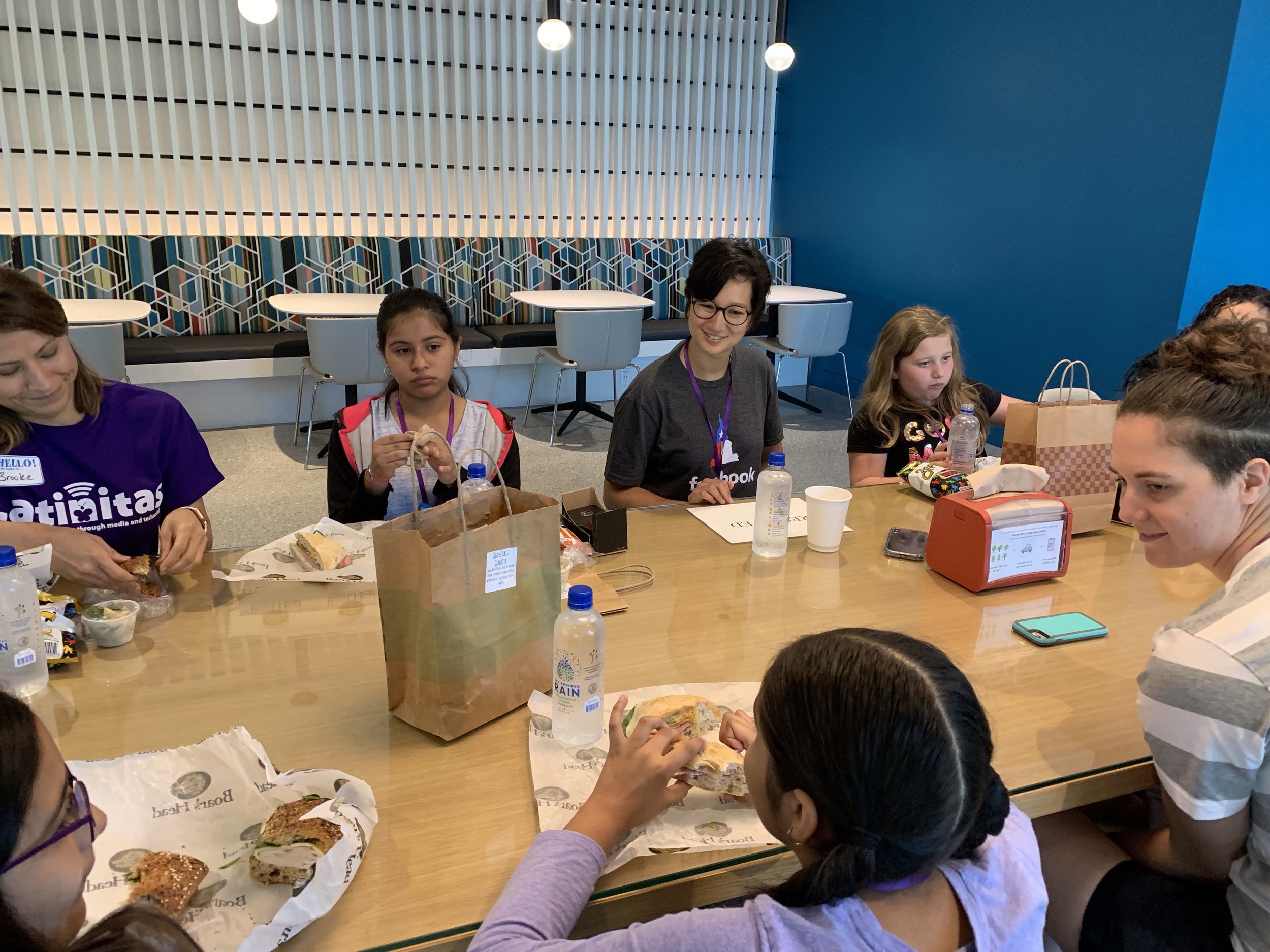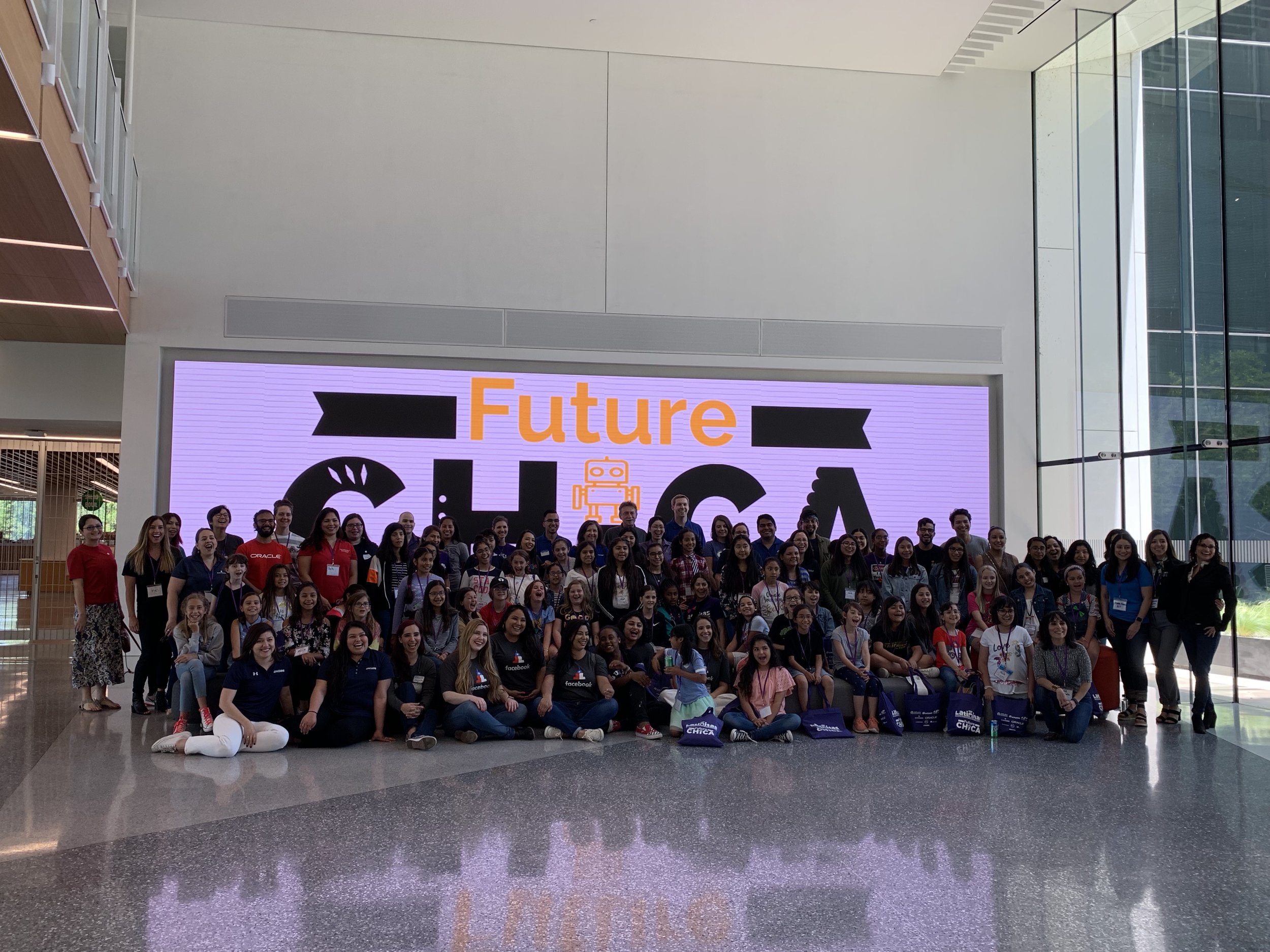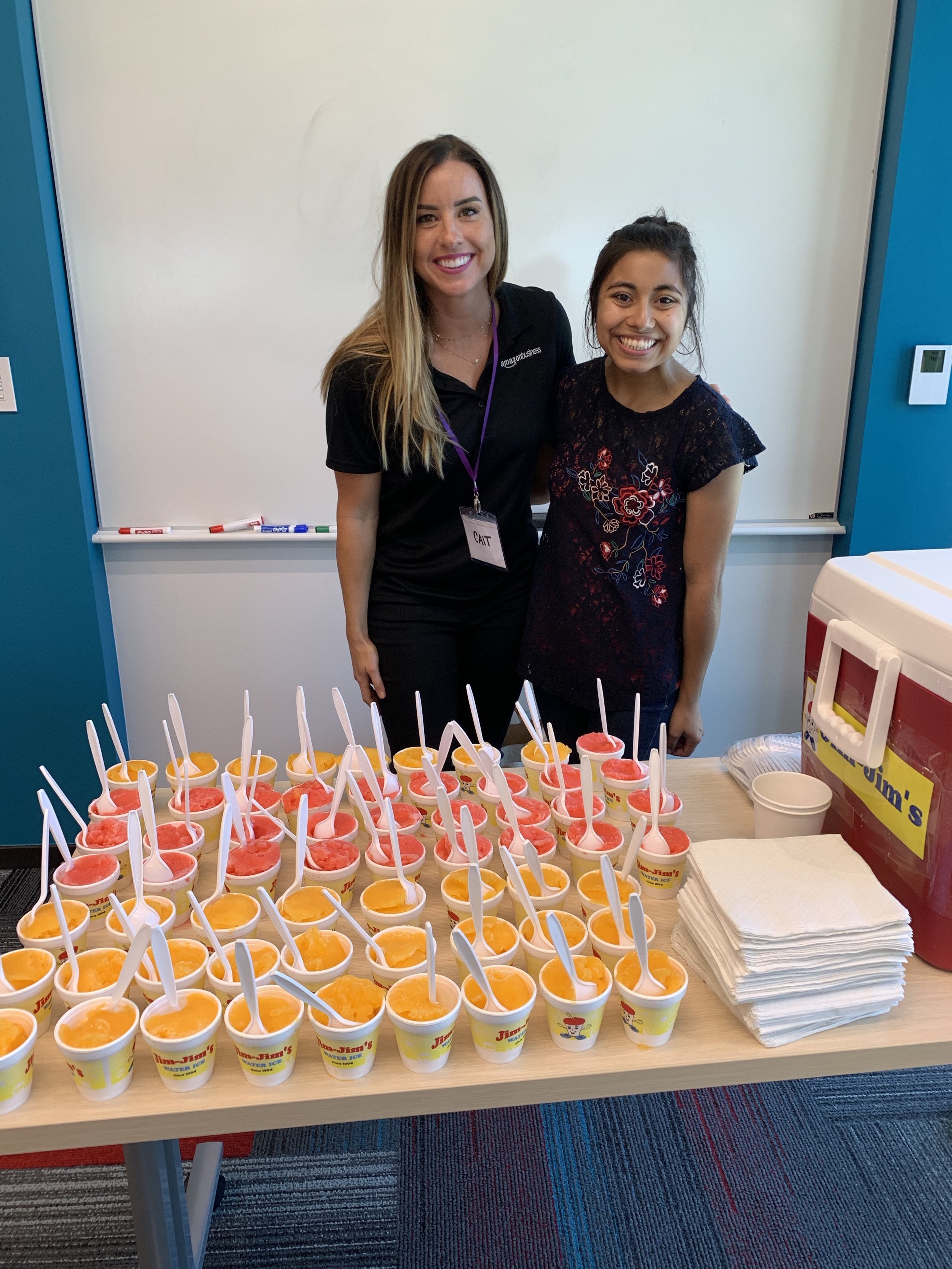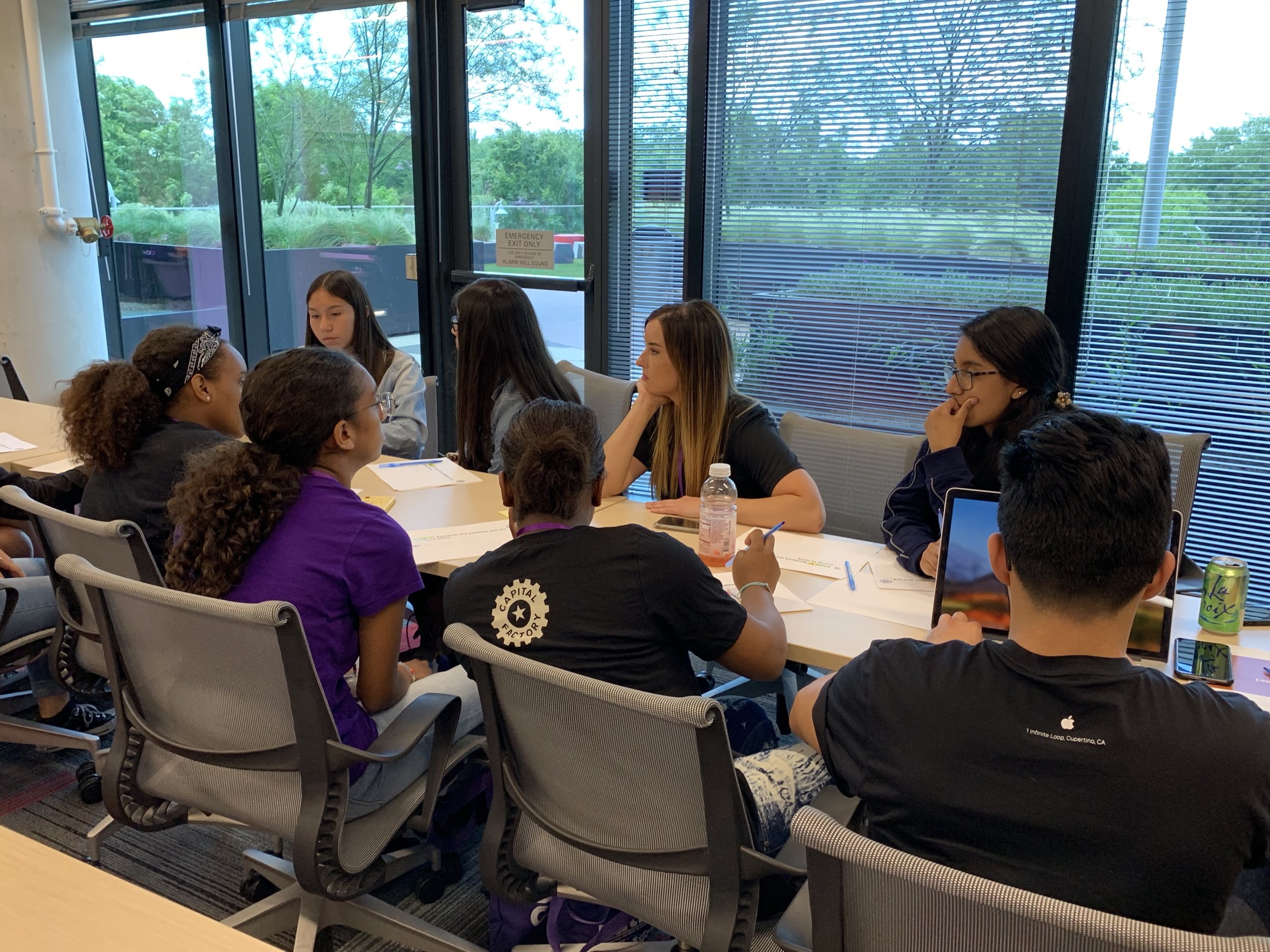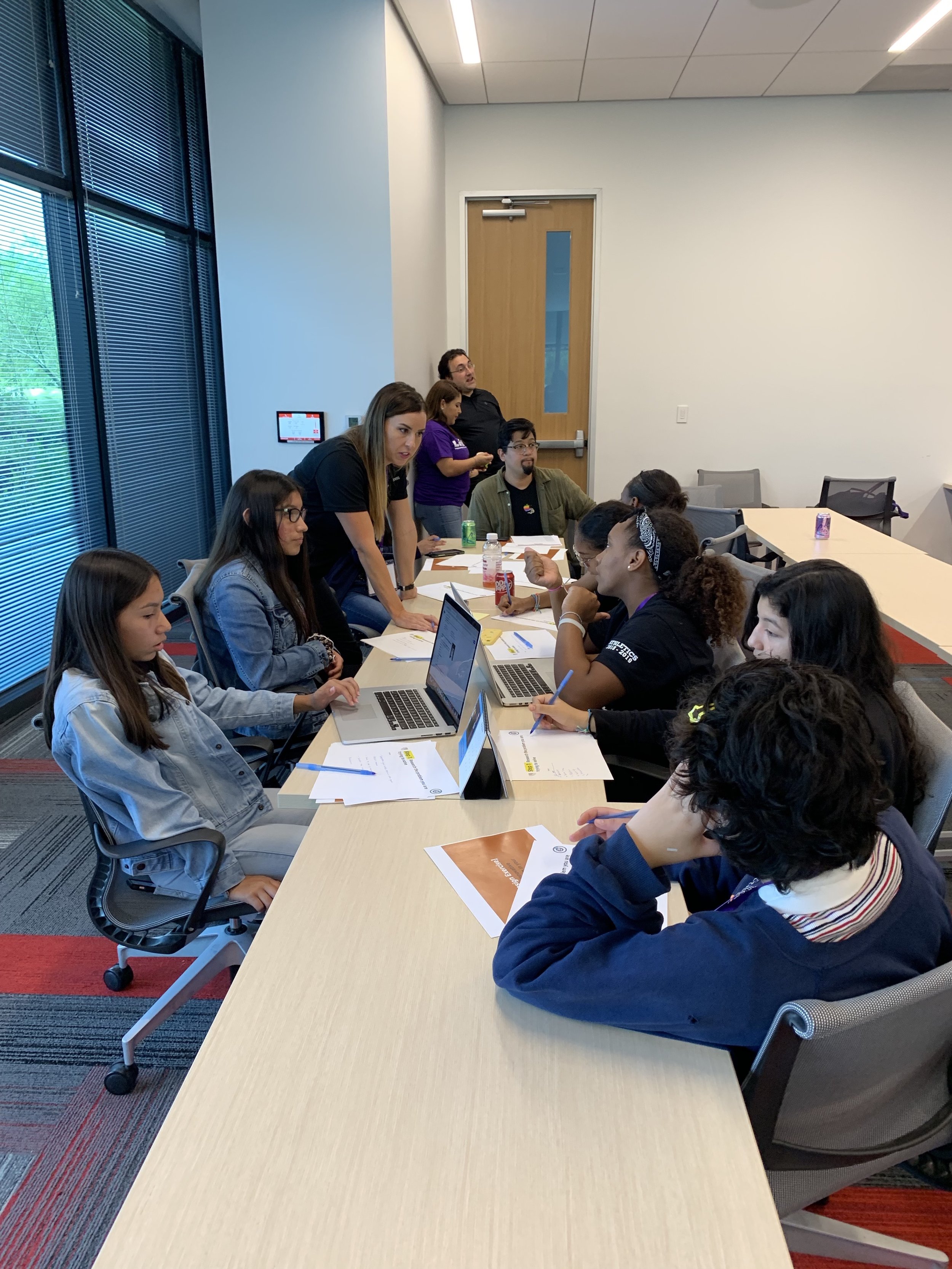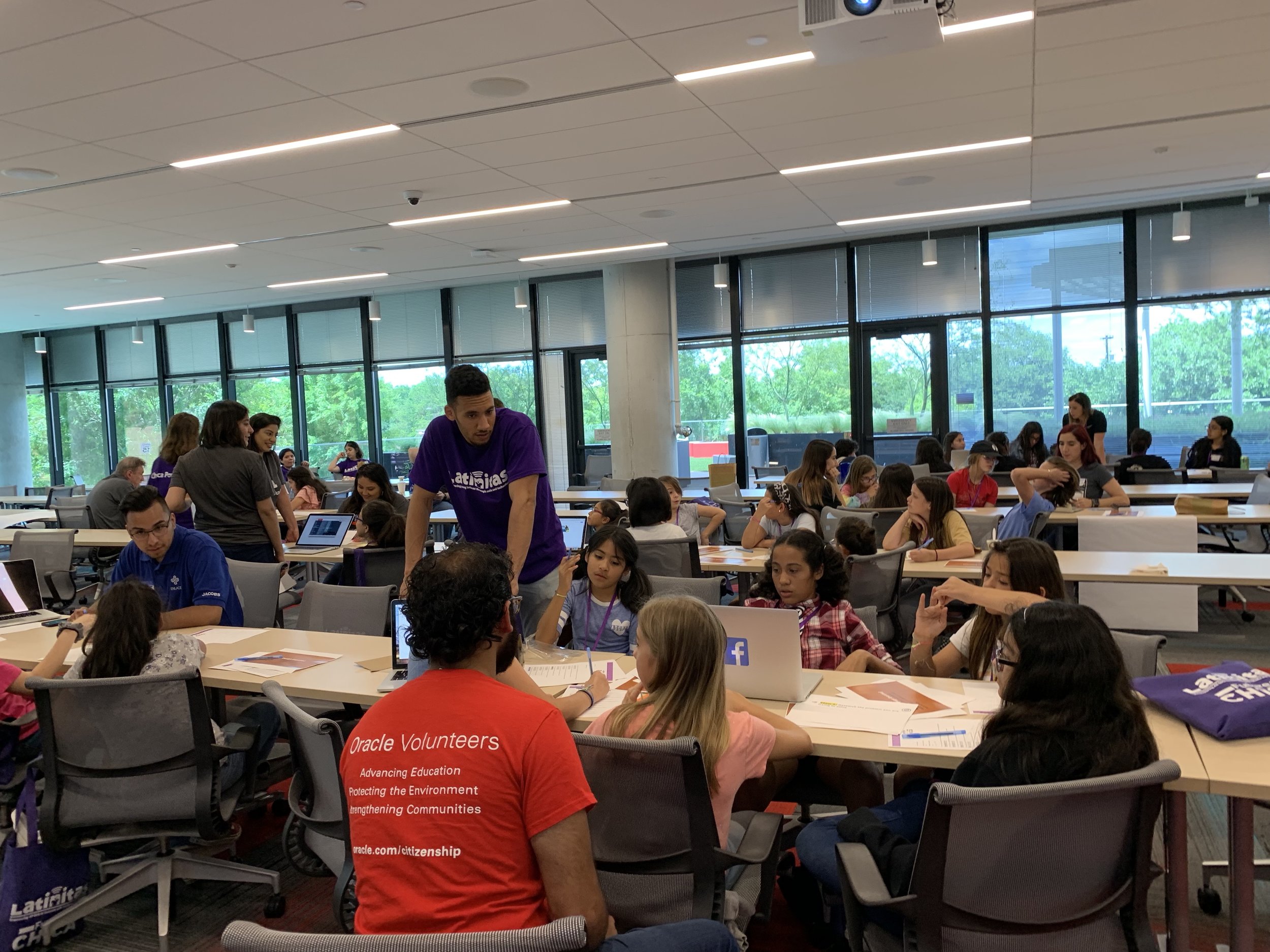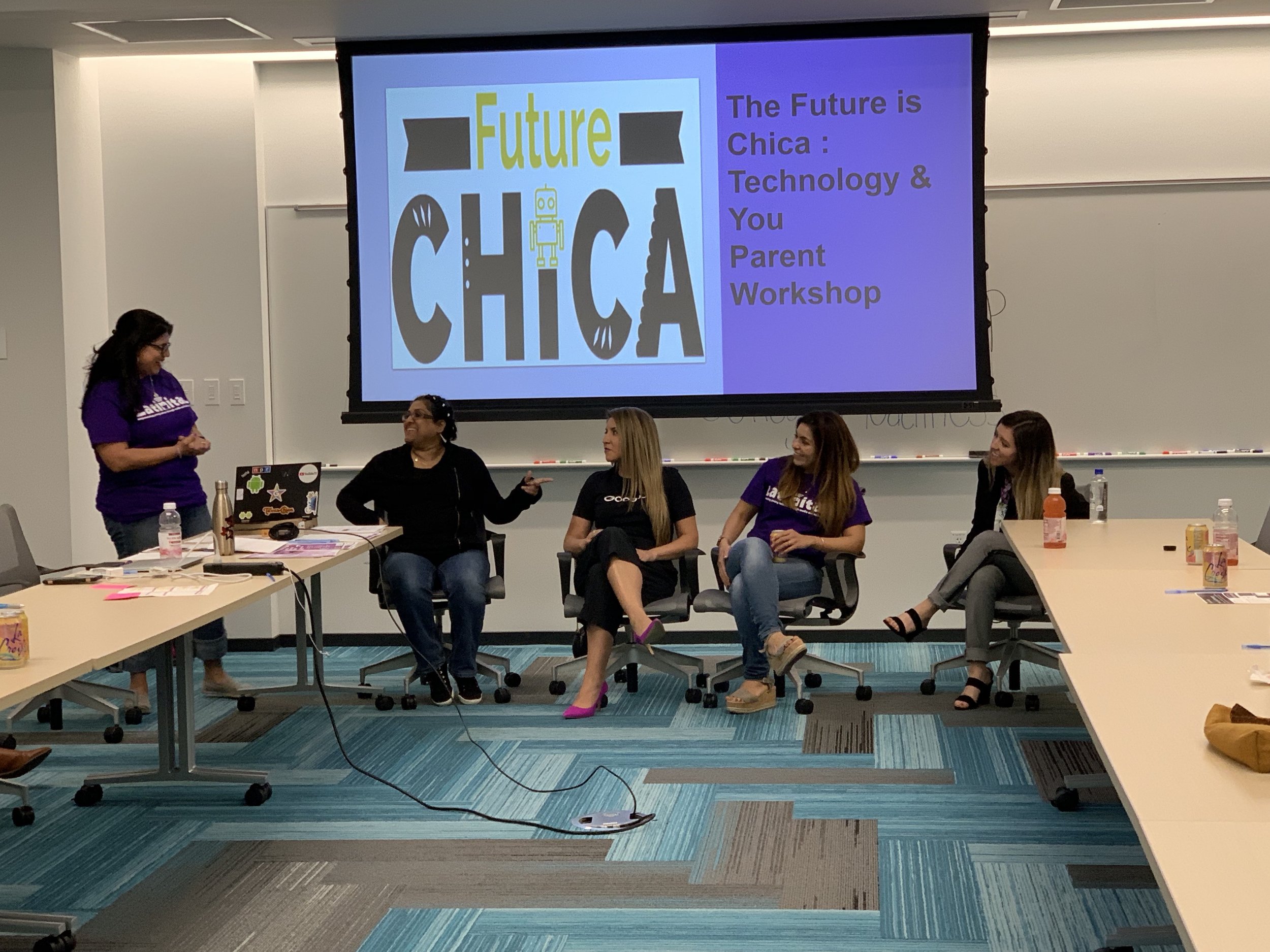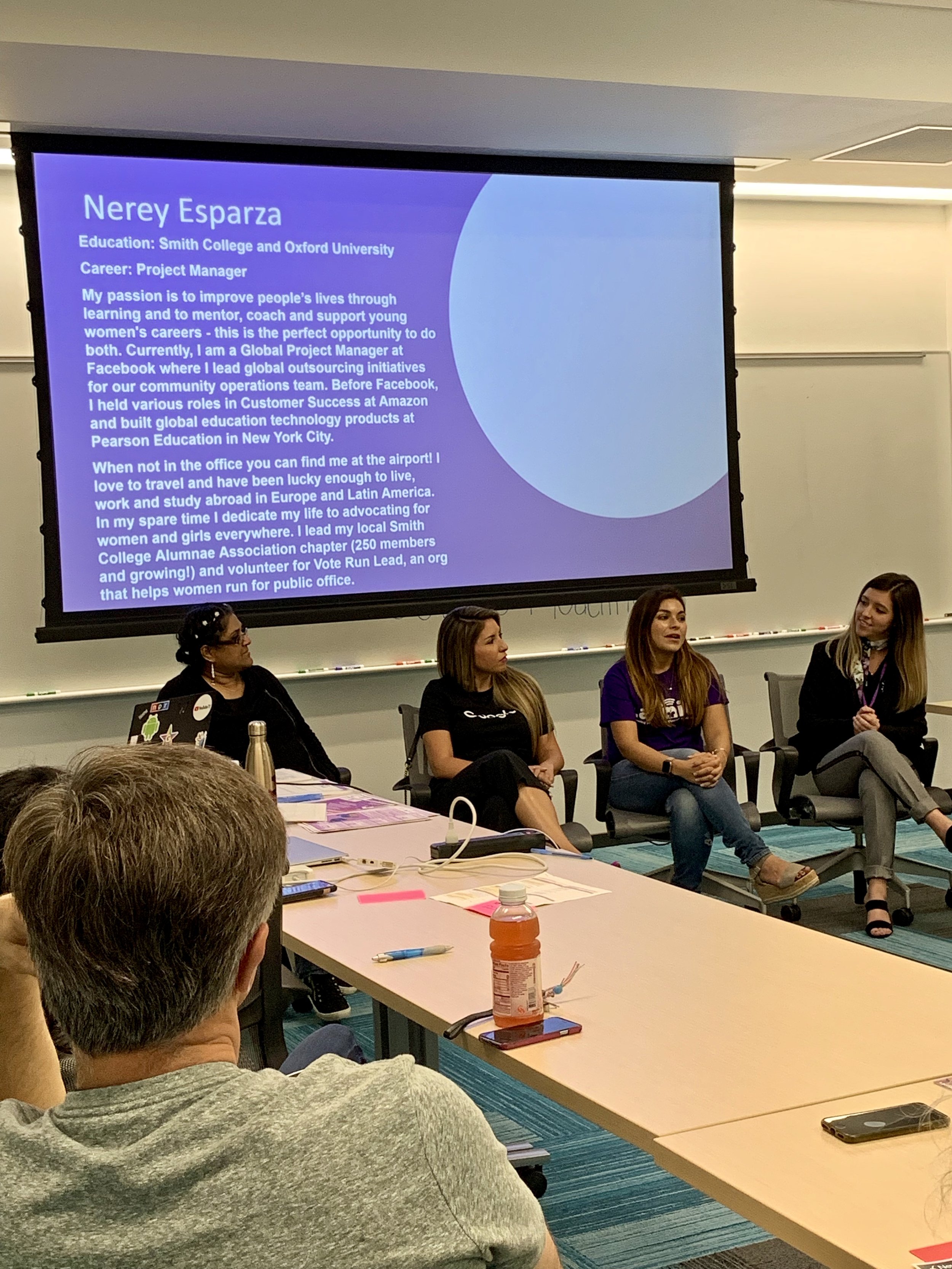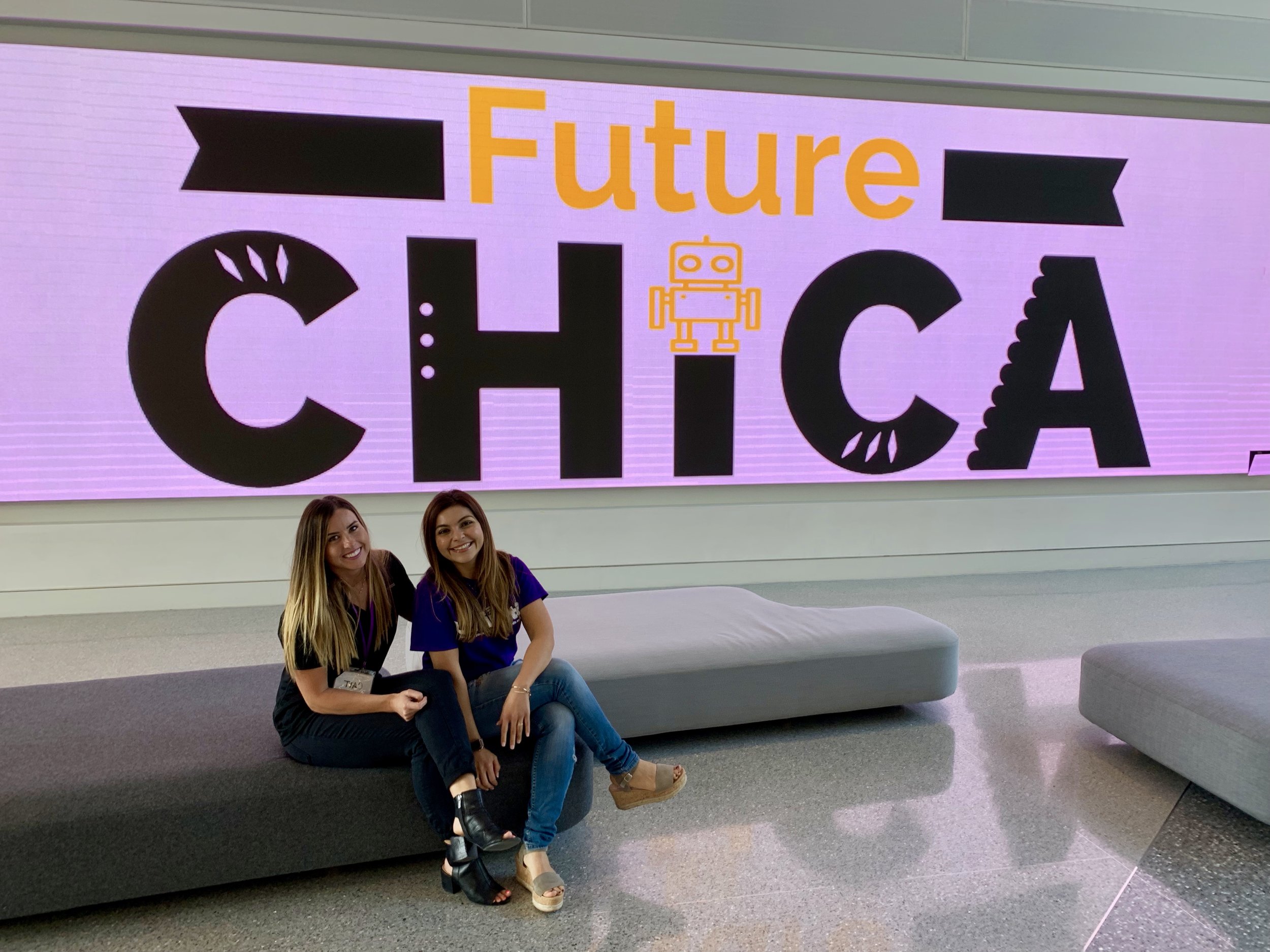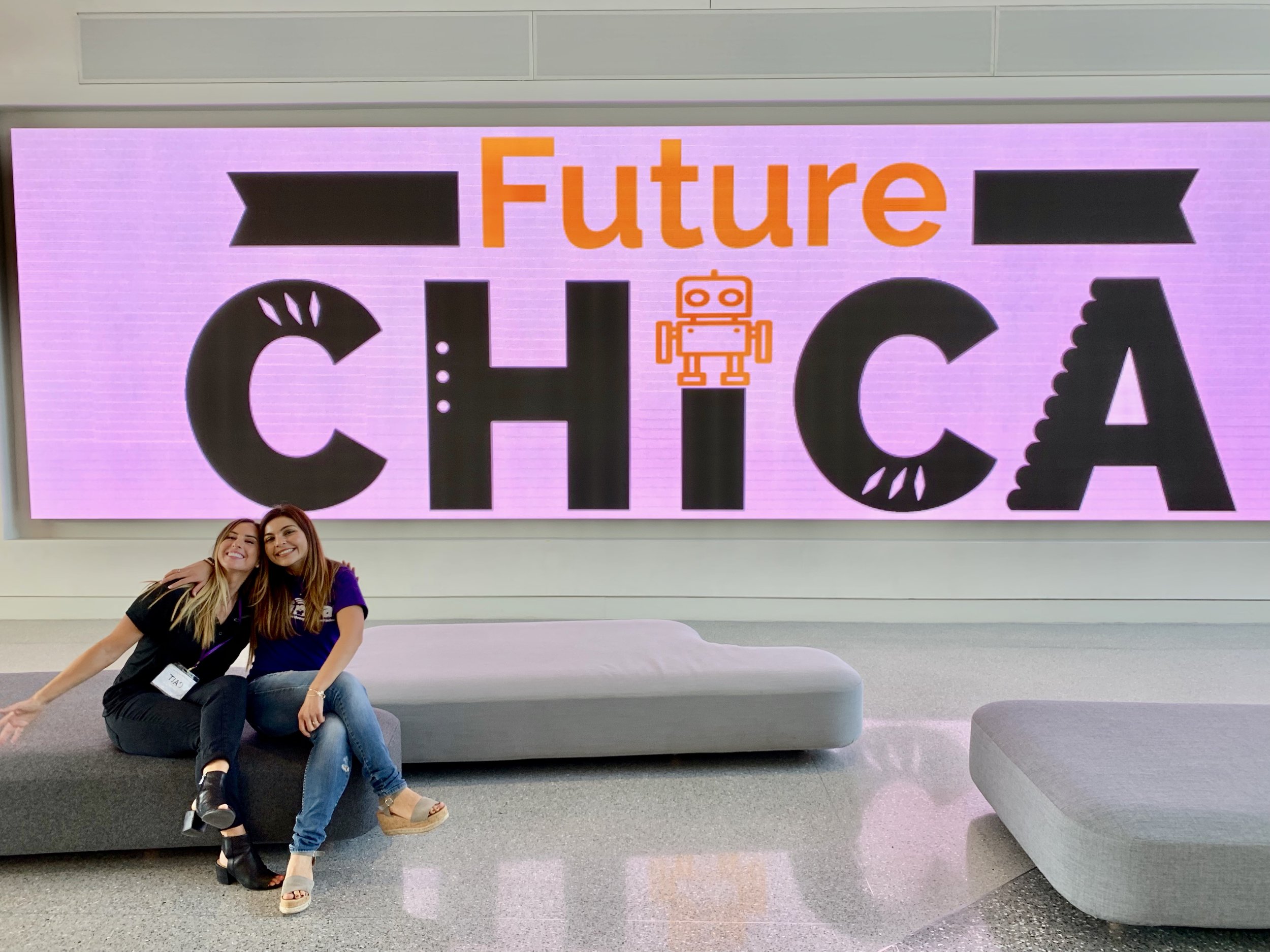Full article on: TopKnot Blog
In this guest post, Nereyda Esparza shares how a mandatory training illuminated how allies have supported her as a Latina woman in tech and what her responsibilities are as an ally to others. She ends with a framework to help us all practice allyship in action. We hope that reading it challenges you to consider how your willingness to engage and ask hard questions impacts your learning generally and about yourself.
-- A few weeks ago at work, I was automatically enrolled into mandatory diversity & inclusion (D&I) training on being a good ally. I put it off for days and was beginning to get multiple automated reminders from the team to complete the course or be reported to my superiors. I sighed and stared at the screen. While I appreciated the recent push to bring D&I to the forefront at work, I felt that as a Latina woman in tech, I really didn’t need to take a course on inclusion. Surely, of all people, I was already a good ally. Wasn’t I?
Not quite. I was reminded that being a good ally means showing up for one another when you think nobody is noticing and that small acts can have a big positive impact at work, beyond the context of race and gender.
Born and raised in the Rio Grande Valley of South Texas to first-generation Mexican immigrants, I never could have imagined I would be where I am today. Over the span of my career, I have been lucky enough to be part of Smith College, Oxford, Amazon and Facebook. Each of these experiences enriched my life with new skills and deeply meaningful connections of a lifetime.
Yet, at almost every place, I couldn’t help but think of myself as an outsider, a deviant from the white male heterosexual ‘norm.’ I worried that one day my lucky break would end and I would be found out as an imposter. From classes to the boardroom, I battled with my inner-self critic. Was I smart enough? Capable enough? I buried these thoughts and convinced myself that I could succeed despite my differences.
It would take me years to realize that I wasn’t succeeding despite my differences: I was succeeding because of them. That our lived experience, our diverse views on the world, is what makes us special. In other words, that your identity, as America Ferrera put it in her TedTalk, is your superpower.
Luckily for me, I had amazing teachers, colleagues, mentors, and friends who believed in my potential and through their actions provided strong allyship to help me feel like I belong.
So, why does allyship matter? Research shows that employees who feel safe at work are more productive and motivated. Respectful work environments where everyone feels welcome and included, outperform. Diversity without inclusion is only half of the equation and we need both to succeed. Allyship is a great tool to help us build inclusive environments.
Allyship can take shape in different forms. What is important is that we are observant and aware of situations that can make someone feel excluded. It can be as easy as scheduling a coffee, attending an event organized by a colleague or lending a supporting hand during a meeting.
Here’s a recent example of allyship in action from my own experience. Last year I was presenting to a group of my peers. Before I could finish my full thought, the group immediately jumped on my words and shot the idea down. My inner self-critic switched on immediately saying, “Am I doing something wrong? This idea must be stupid,” and “it must be my fault.”
Afterward, I got a ping on chat from one of my male colleagues saying, “Hey, I observed what happened and it felt like you were jumped on that call. Did I read that right? Are you ok?” Relief surged through my body. “So I’m not crazy after all!” I thought. Someone else saw what happened, called it out, and lent me their support. It was simple, but powerful.
This experience combined with the recent training made me realize that I could be doing more to be a better ally at work. When was the last time I checked in on a colleague or volunteered (or attended) a team event? That same week I made a commitment to check in on colleagues one on one at least once a month and attend a Black@ event organized by one of my teammates. My first small win came when I spoke to a teammate about why she switched off her camera during most team meetings. She shared she was in the middle of a move and working out of shared space and did not feel comfortable having her camera always on when many of her family members came in and out of the picture. I offered to also switch off my camera during a team meeting to help normalize this for the broader group, an offer she accepted graciously.
So, how do I practice allyship? Here’s a simple framework to get you started:
Observe/Heighten your awareness - Pay attention to your environment, people and situations where an ally may be needed.
Commit to following up with the individual - Don’t jump to conclusions, share what you observed, preferably over phone or video chat in lieu of in-person conversations and validate with that person your observation is correct.
Ask what is needed of you - Perhaps no action will be needed, but if action is to be taken, it’s important to tailor that request in a way that makes the other person feel safe and is mutually agreed upon.
In summary, we can all be better allies at work and I for one am committed to this mission. Will you join me?
--
Nereyda Esparza is a Global Program Manager at Facebook based out of Austin, Texas. She is mission-oriented, driven to improving people's lives through connection and technology, and deeply passionate about D&I in tech. She was recently selected by the Hispanic Chamber of Commerce for the Austin Leadership Class of 2020. Nereyda is an alumna of Smith College (B.A.) and the University of Oxford (MPhil).






